In order for the suburban area to be constantly supplied with water for domestic and economic needs in full, it is advisable to immediately install the water supply system of a private house with a storage tank and a pump. Such a highway will allow the owners of the cottage to use the amenities without bringing utilities to the village.
Principle of operation and device
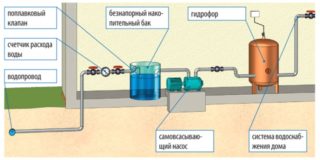
The main line works on the principle of a pumping station:
- Water enters the storage tank from the source (well / well). It is recruited until the float switch responds to an extremely high level. The liquid is supplied by a pump.
- As soon as the water reaches the maximum upper mark, the unit turns off, and the storage tank constantly maintains a supply of liquid in the system.
- When you open the tap in the house, water begins to flow into the main pipes. The drive is drained partially or completely.
- The float switch starts the pump and the pump again pumps liquid into the reservoir up to the upper limit.
A water supply system with a storage tank is good in such situations:
- low productivity of an autonomous source at the site;
- the presence of a centralized highway, but water supply by the hour;
- an autonomous water supply system, powered by electricity, but electricity is supplied to the village intermittently.
The storage tank will become a real panacea for residents of a country house.
Criteria for choosing storage capacity
To determine the type / dimensions of the tank, you should rely on the following criteria:
- Type of material from which the drive is made: polymer, galvanized steel, cross-linked polyethylene. More often, craftsmen prefer to deal with polyvinyl chloride or HDPE. They are resistant to corrosion, mechanical stress, aggressive environments. The weight of the polymer is several times less than the metal, so the installation of the storage tank will be easier.
- Design. You can take a closed (membrane) type or open tank. The first is a completely sealed tank with a useful volume one third less than its visible dimensions. The second one has a cover / hatch, but sealed walls and bottom.
- Tank location type. If an upper mounting of the tank is provided (in an attic or a water tower), it is better to give preference to a polymer container with smooth outer walls. With the lower location of the drive, it is better to take a tank with stiffening ribs. They help preserve the integrity of the polymer when the soil is pressed on it.
- Drive volume. On average, for a family of 2-3 people, it is better to take a tank of 100-150 liters. With an economical water consumption, this is quite enough. Further, it is worth relying on the individual needs of the residents. It is important to remember that an open tank with a large volume will silt faster. Experienced experts do not recommend installing the drive with more than 250 liters for long-term storage of liquid.
When selecting the volume of the tank, consider the following:
- the smaller the volume of the tank, the more often the pump will turn on;
- with a larger storage volume, it fills up longer - long-term operation of the pumping equipment consumes electricity;
- if the tank has a modest displacement, pressure drops in the system occur more often.
For every 10 m of tank height for top mounting, add 1 bar of system pressure.With a lower tank device, you will have to use an additional pump to supply water from the reservoir to the pipes. It is better to install a hydraulic accumulator here.
Installation steps
Once the container is installed, you need to connect the inlet and outlet pipes to it. The first can have any cross section, since the liquid is supplied under pressure. For the outlet, it is better to take a hose with a size (diameter) of 1.5-2 times larger than the lumen of the line.
The connection diagram provides for the presence of a non-hermetic float switch in the tank. Here, a check valve must be installed at the inlet, which will prevent the outflow of liquid into the source. A shut-off valve is placed in front of it.
Be sure to install a coarse filter on the inlet. A water meter is placed behind it (for centralized highways).
A hose should be provided for dumping excess fluid into the sewer or outside the cottage. It will also come in handy when flushing the drive.
When installing the container, be sure to take care of its insulation. In the ground, this can be done using expanded clay sprinkling. For the top installation of the tank, it is advisable to have a warm attic or wrap the container with heat-insulating materials. You also need to insulate the pipeline with high quality.
Operation and maintenance
As a rule, a storage tank for water does not require special maintenance. But some measures during the operation of the tank are still worth carrying out:
- The accumulator (sealed container) should be checked for integrity every six months. The tank requires special attention if the pressure drops in the system for no apparent reason.
- A leaking tank should be regularly flushed out of accumulated sludge. To do this, turn off the pump, water is naturally drained from the system. Using a brush on a long handle, the walls of the tank are treated. Then open the shut-off valve of the hose, which leads to the sewer. In this way, the tank is rinsed twice and then refilled for further use.
When flushing the tank, it is forbidden to use any chemical household detergents, otherwise their residues will get into the line.
Advantages and disadvantages of storage tanks
Of the positive aspects of autonomous communication, the following are distinguished:
- a constant supply of water at home, even if the productivity of the well / well is poor;
- optimal pressure in the system and fluid supply to the taps with normal pressure;
- the ability not to depend on the cyclical nature of the work of utilities (water utility, power grid).
Of the minuses, they note:
- laboriousness of tank installation;
- the need for regular flushing;
- fast silting up of a leaky drive;
- the possibility of the formation of an unpleasant smell of stagnant water with an incorrectly selected volume of the tank;
- additional power consumption during pump operation;
- the need for soil insulation above the tank.
Despite all the difficulties, a water supply system with an accumulator is preferable to a direct supply of liquid from a well / well to a house.

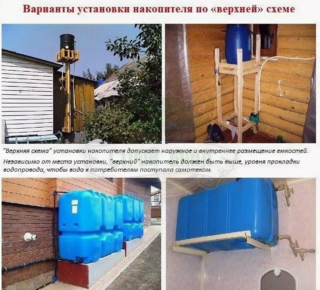
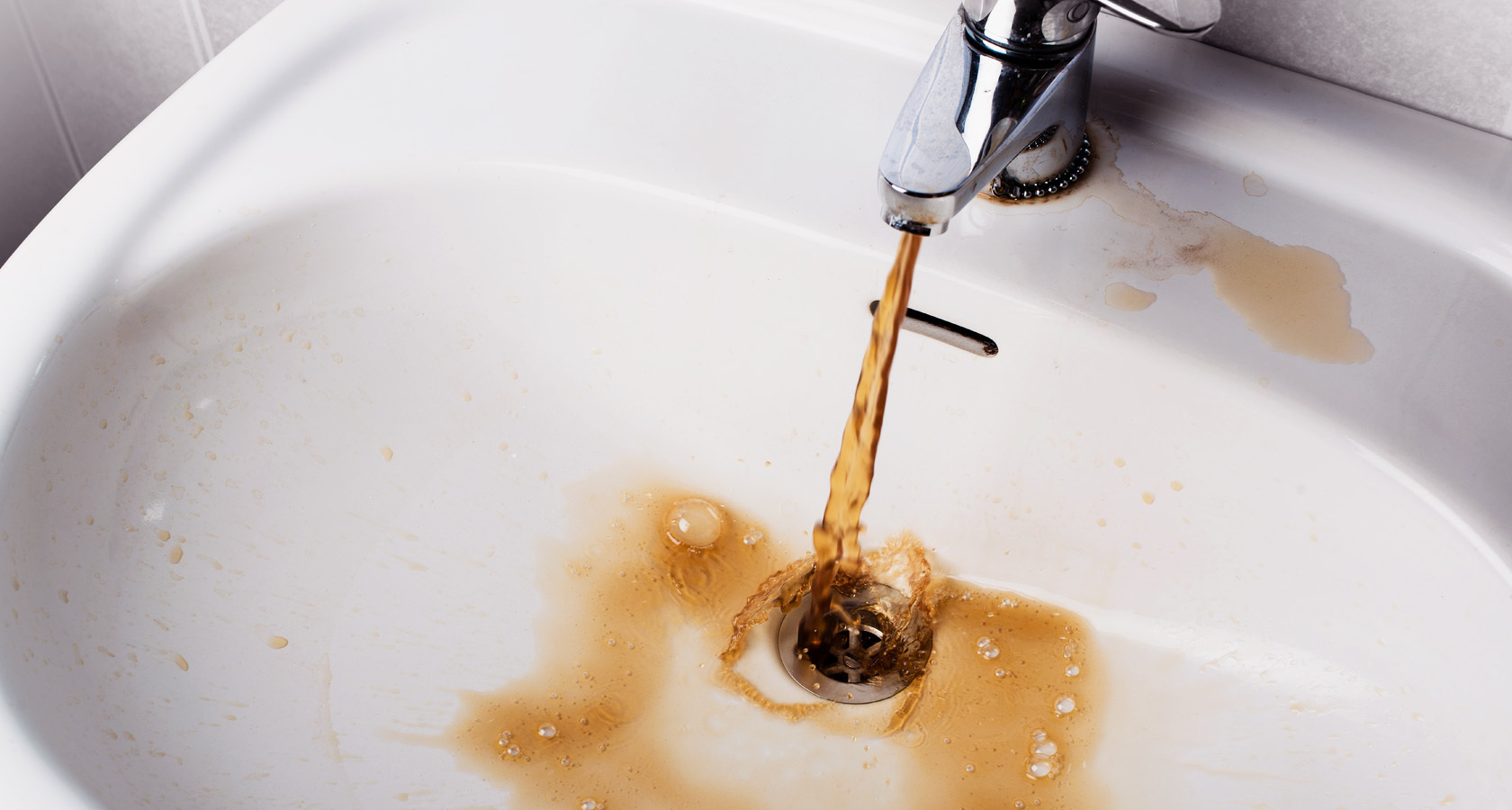

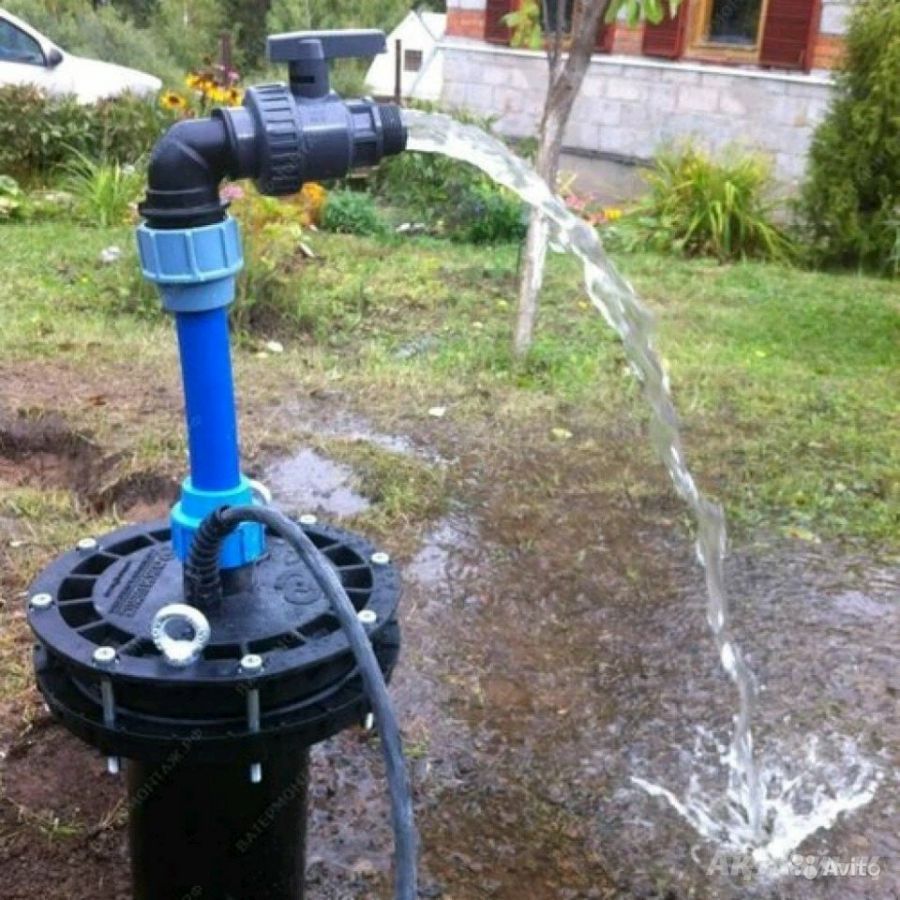
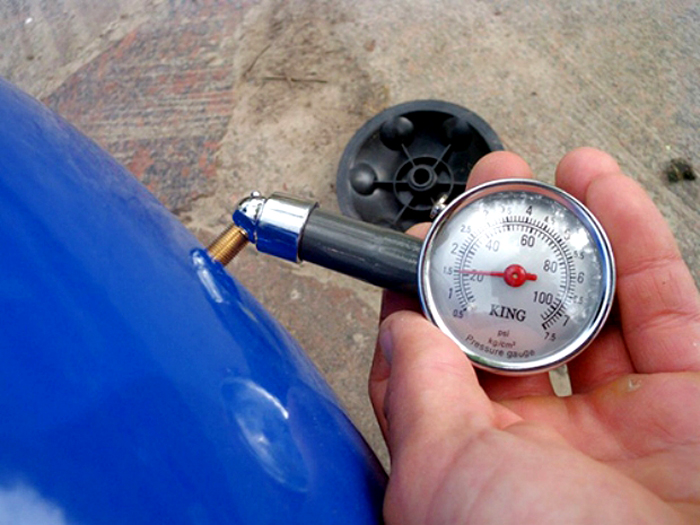
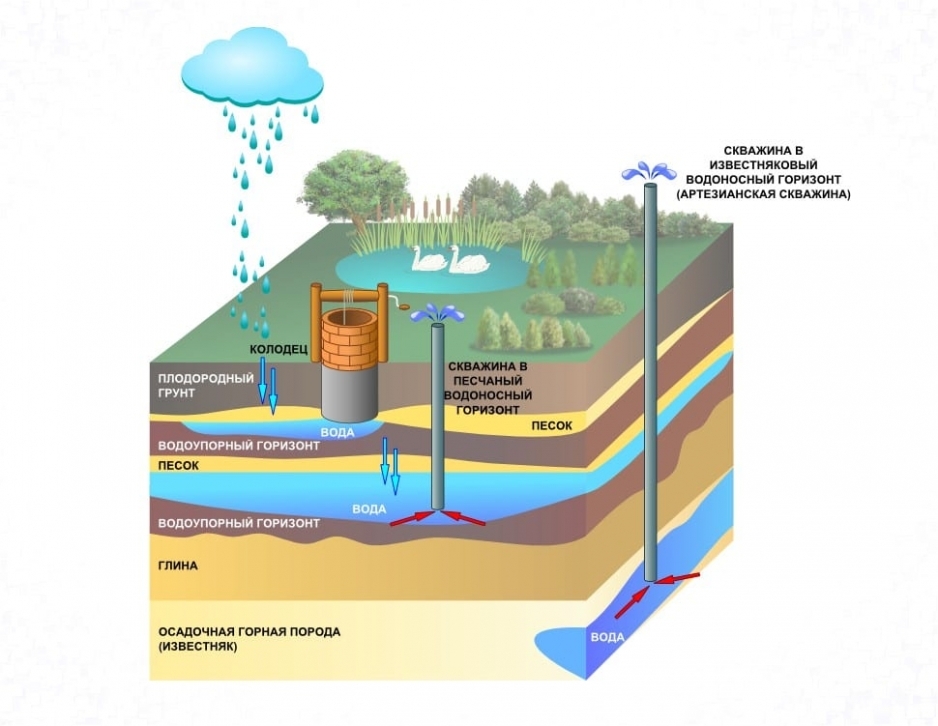
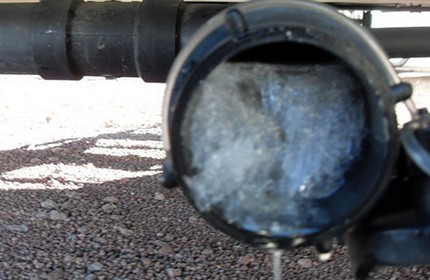
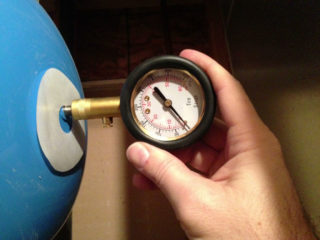
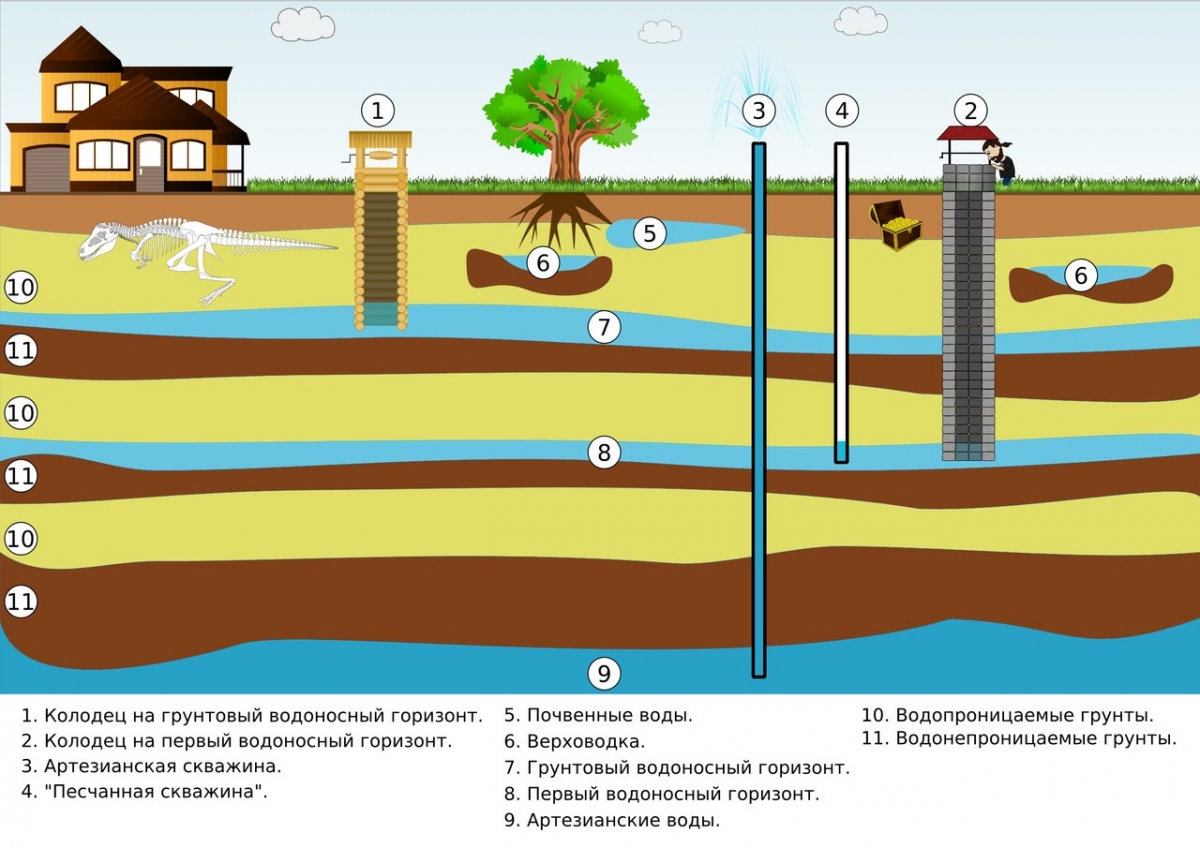
The advantages are not in this, the advantage is in the purification of water from iron and hydrogen sulfide. This is the main thing.